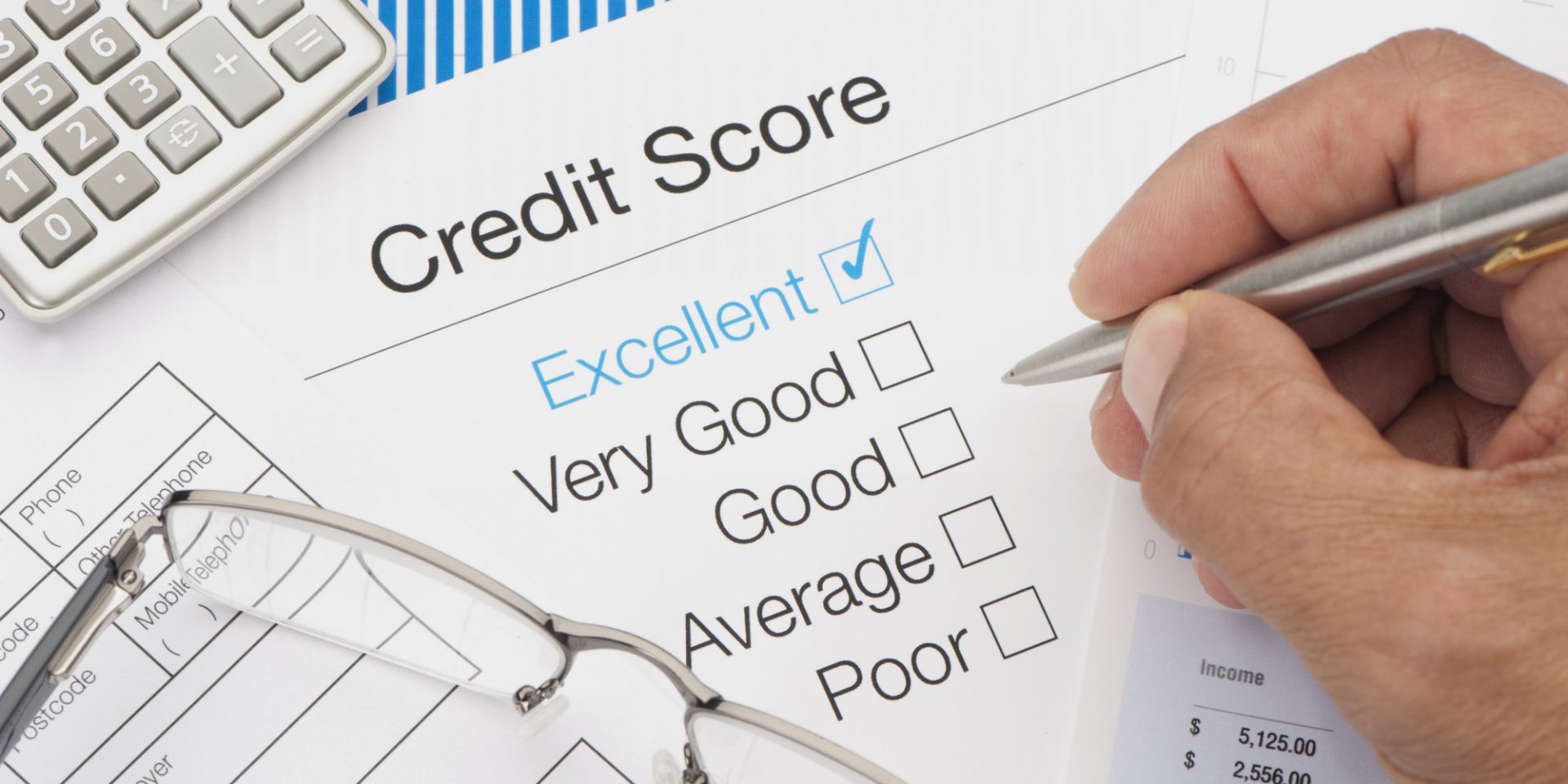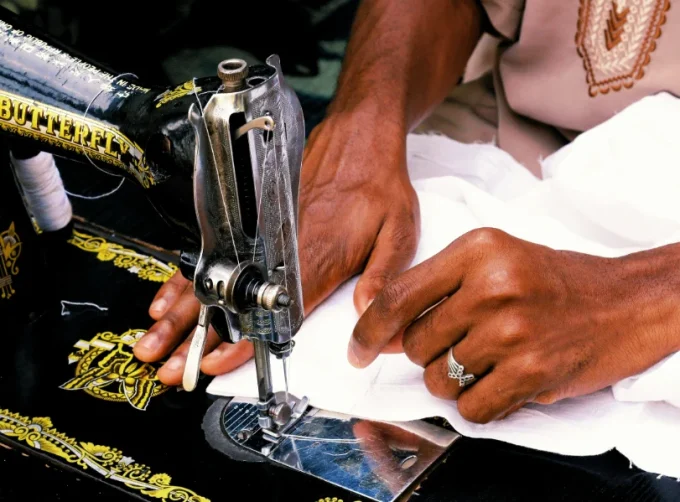With a trade deficit of Ksh 1.1 trillion, Kenya has to up its game in the export industry to help repay the debt. In this year’s Annual Trade Law Centre (TRALAC) conference organised in association with the African Growth and Opportunity Act (AGOA), there will be an emphasis to get Kenya to export more in order to reduce the trade deficit.
In a previous Interview, President Uhuru Kenyatta compared Kenya’s debt to Japan’s, and most were amazed to learn that the later has a bigger debt. The difference between Kenya and Japan, however, is that Japan has a large number of exports mainly in technology products which makes them not to worry a lot about their debt. Japan’s export of technology products has been the engine of the country’s economic growth since 1960.
Kenya exports a huge amount of goods, but the imports are more than the exports hence the trade deficit of Ksh 1.1 trillion. The borrowing of funds has come to make the deficit even bigger although it was still growing gradually.
In 2001, Kenya’s trade deficit was at Ksh 2.5 billion and at Ksh 10.9 billion in 2017. A difference of two years registers a boost of the trade deficit to Ksh 1.1 trillion. This is mainly because of the government’s plan to improve infrastructure in the country and hence increase production.
Kenya leading import is oil at 16% of all imports with mechanical and electrical equipment coming in second and third at 11% and 6.7% respectively. Our exports however can not be compared to the imports in terms of monetary value but with increased production tha values can be matched. Cofee and Tea are Kenya’s biggest exports at 29% with flowers and minerals coming in second and third at 10% and 6.2% respectively.
It is clear that most of our exports are agricultural products, a sector that can help Kenya repay some debt if production is increased. Minerals also hold a fair share of the exports and maybe the oil in Turkana can salvage the country from debt.
Speaking at a Trade workshop in Hilton Hotel Nairobi on Wednesday, Export Promotion Council CEO Peter Biwott, said that African countries struggle to pay debts because of low sales to other countries. He said there is a buyers directory that will help Kenyan sellers find buyers for their products.
“We’re developing a buyers directory to ensure buyers can be accessed to increase Kenya’s exports,” Biwott said, “the directory will help identify exporters as well as importers and registering them in order to identify a market for products and capitalising on export capital.”
He added that mobilizing counties as well can help increase Kenya’s exports as each county will be developed to the export quantity in the country and boost the debt to GDP ratio.
Most of the Kenyan exports goes to Pakistan, Uganda and the United States respectively but our top import sources are not any of the aforementioned. Most of Kenya’s Imports are from China which is responsible for 23% of all imports in the country followed by India at 10% then UAE at 8%.
The United States has for a number of years signaled that it intends to move away from non-reciprocal preferences to reciprocal trading arrangements. An example of reciprocal preferences is what Kenya has with the US, Kenya exports to the US a great deal but imports more from China which is a threat to the United States. The US feels like it is losing out (in Africa) to Europe and others.
Kenya’s exports to the United States are insignificant in the growth of the US’s economy at less than 1% of the total USA imports. This has an insignificant contribution to the United States’ economy growth and scraping it away will do little harm to the US. Kenya, however, will lose out a great deal as finding another export destination might be a difficult task.
TRALAC Associate and Economist Eckart Naumann said that Kenya might be facing the risk of losing the US as an export destination because of the threat it faces from China and Europe, among others. Naumann said that Kenya should look to import from the United States in order to maintain the balance in trade between the two countries.
Read: Co-op Bank pre-tax profit jumps 11% to Sh 18.2 billion
Before AGOA expires in 2025, Kenya should capitalise on using the law to export duty free and reduce the trade deficit.













1 Comment